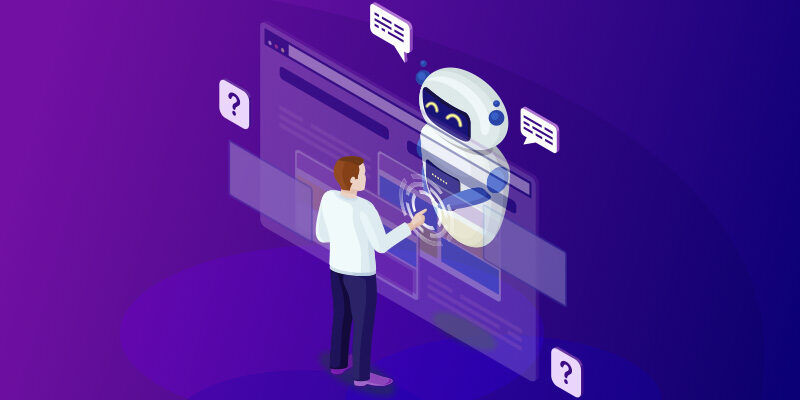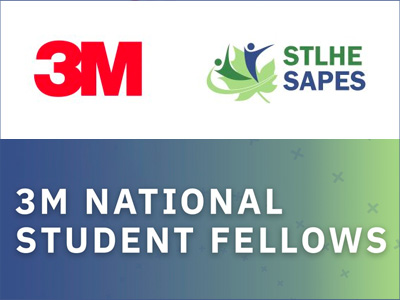Open AI’s ChatGPT is the latest technology creating a stir amongst institutions of higher education. It’s an artificial intelligence (AI) chat bot that interreacts with users and generates human-like responses. Simply type in a series of prompts, and ChatGPT will have an answer for you. Not completely satisfied with the answer it gives? Ask for clarification or additional information.
Unsurprisingly, given its seemingly endless applications and growing popularity (#chatgpt has more than 1.4 billion views on TikTok), alarms bells among institutions of higher education have begun ringing. So much so, that many universities, both in Canada and the United States, have begun crafting policies regulating or banning its use.
Others, however, like the University of Windsor, are more hesitant to condemn its use, acknowledging that ChatGPT is not the first (nor will it be the last) technology to impact teaching and learning. Rather, it’s worth examining AI technologies as part of a new reality, one that we must adapt to.
So how do we, as students and instructors, adapt? I have a few suggestions.
For Instructors:
- Try it out for yourself.
ChatGPT is free. Take some time to understand how it works (but be prepared to wait as it’s often at its user capacity). Pretend you are a student in your own class. What would you ask it? What response does it give? Gaining an understanding of what ChatGPT is and how it works will give you a better grasp on how your students may or may not be using it, and what ChatGPT spits out to them in return.
- Understand its limitations and make students aware of them.
- Open AI is the first to admit that it’s chatbot does not always provide correct answers. In fact, it sometimes spews out incorrect or nonsensical answers.
- ChatGPT only uses text information from 2021 or before. It doesn’t scroll the internet in real time. What does this mean? It’s useful for assessments related to more current events is likely minimal.
- It has built-in biases. It is trained to be helpful, truthful, and harmless. This means that it will avoid providing answers it believes could be negative or harmful, even if it means providing an incorrect answer.
- It is not human. It’s not nearly as sophisticated as the human brain. For example, it struggles with idioms, lacks expression, and cannot offer subjective or personalized opinions.
- Move beyond traditional assessments.
Traditional assessments are typically composed of multiple choice and/or true/false questions, short answers, and essays. However, these are not the only way to test what students learn. Authentic assessments push the boundaries of traditional assessments and require students to engage in significant and meaningful learning. A bonus… these types of assessments exceed the capabilities of ChatGPT (and like technologies). Examples of authentic assessments include observation, reflection, interviews, performance tasks, portfolios, and projects.
- Use it to your own benefit.
Instead of working against ChatGPT, work with it. Use it to suggest activities. Create content. Give reading suggestions. Check your code. It’s uses are endless and will only evolve with time.
For Students
- Try it out for yourself.
Just like instructors, students interested in ChatGPT should try it out for themselves. Ask it a simple question. See what responses it gives. Check to see if the answer is factual. Then try something else… perhaps another question or perhaps something more creative. Ask it to write you a poem or a song, or even a line of code. Play around with it.
- Understand that ChatGPT has limitations.
I can’t say this enough: ChatGPT has limitations, and likely always will! It’s not perfect. It makes mistakes. It’s not as eloquent as you might think.
- Use it as a starting point.
Could you have ChatGPT write your entire essay or do your entire assignment for you? Sure. Is this a good idea? Probably not… and for many reasons. However, what you can do is use it as a tool. Is there a specific concept from class that you didn’t quite understand? Ask ChatGPT. Have a burning question and don’t want to email your instructor? ChatGPT might just have the answer for (although a quick google search might too). Need some ideas for an essay or assignment? ChatGPT can be a great starting point.
- Use ChatGPT responsibly.
As spiderman once said “with great power comes great responsibility”. As a student, I think there are so many ways to leverage ChatGPT to aid and foster learning. However, I urge you to use caution when doing so. Consider how and when it’s use is appropriate, and the potential consequences of inappropriate use. As a student at the University of Windsor, it is your responsibility to act with academic integrity. And this certainly includes being honest and ethical with your use of ChatGPT.
Read about the implications of ChatGPT and AI, with regards to teaching and learning at the University of Winsor.
Paige Coyne is a GATA Network Coordinator at the University of Windsor. She is responsible for supporting graduate assistants and teaching assistants in their roles and assisting with professional development. Paige is a graduate of the University of Windsor’s MHK program and is currently a PhD candidate in the Faculty of Human Kinetics.










Comments